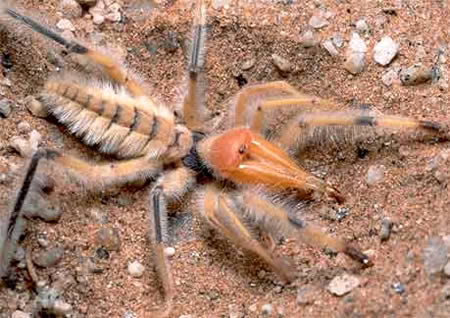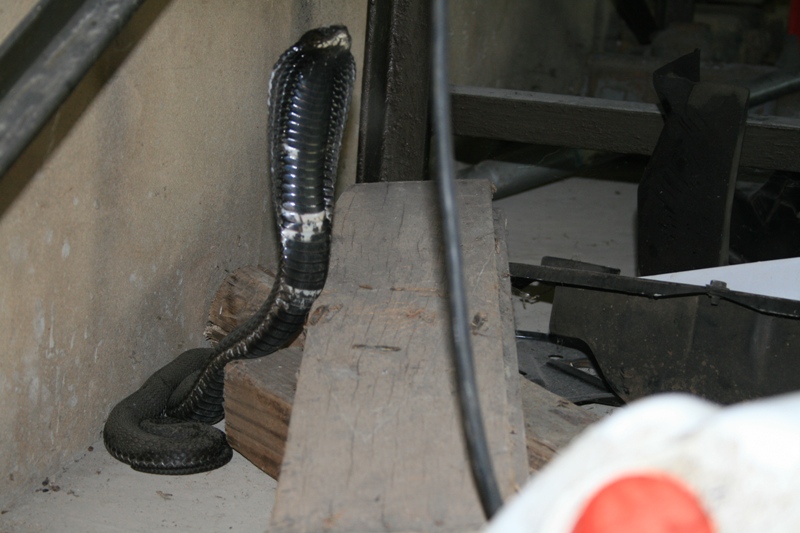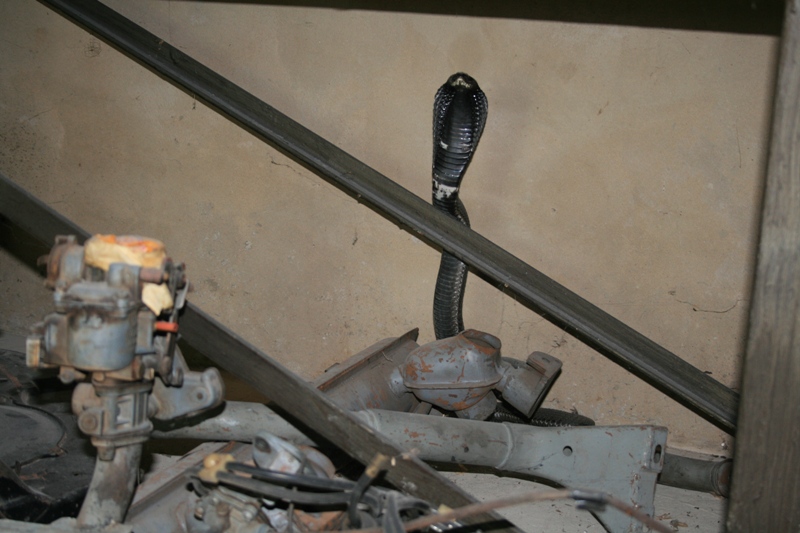Splitz wrote: red roman spider

Those a the CREEPIEST things to currently walk the face of this earth

...yet very intersting too
Solifugae is an order of Arachnida, containing more than 1,000 described species in about 140 genera. The name derives from Latin, and means those that flee from the sun. The order is also known by the names Solpugida, Solpugides, Solpugae, Galeodea and Mycetophorae. Their common names include camel spider, wind scorpion, jerrymuglum, sun scorpion and sun spider. In southern Africa they are known by a host of names including red romans, haarskeerders and baardskeerders, the latter two relating to the belief they use their formidable jaws to clip hair from humans and animals to line their subterranean nests.
Solifugae are not true spiders, which are from a different order, Araneae. Like scorpions and harvestmen, they belong to a distinct arachnid order. Solifugae are considered to be endemic indicators of desert biomes.
Solifugae are the subject of many urban legends and exaggerations about their size, speed, behavior, appetite, and lethality. They are not especially large, the biggest having a leg span of perhaps 12 centimeters (5 in).[3] They are fast on land compared to other invertebrates, the fastest can run perhaps 16 km/h (10 mph), nearly half as fast as the fastest human sprinter. Members of this order of Arachnida apparently have no venom, with the possible exception of one species in India (see below) and do not spin webs.
In the Middle East, it is widely rumored among American and coalition military forces stationed there that Solifugae will feed on living human flesh. The story goes that the creature will inject some anaesthetizing venom into the exposed skin of its sleeping victim, then feed voraciously, leaving the victim to awaken with a gaping wound. Solifugae, however, do not produce such an anaesthetic, and they do not attack prey larger than themselves unless threatened. Other stories include tales of them leaping into the air, disemboweling camels, screaming, and running alongside moving humvees; all of these tales are dubious at best. Due to their bizarre appearance many people are startled or even afraid of them. This fear was sufficient to drive a family from their home when one was discovered in a soldier's house in Colchester, England. The greatest threat they pose to humans, however, is their bite in self-defense when one tries to handle them. There is essentially no chance of death directly caused by the bite, but, due to the strong muscles of their chelicerae, they can produce a proportionately large, ragged wound that is prone to infection.









